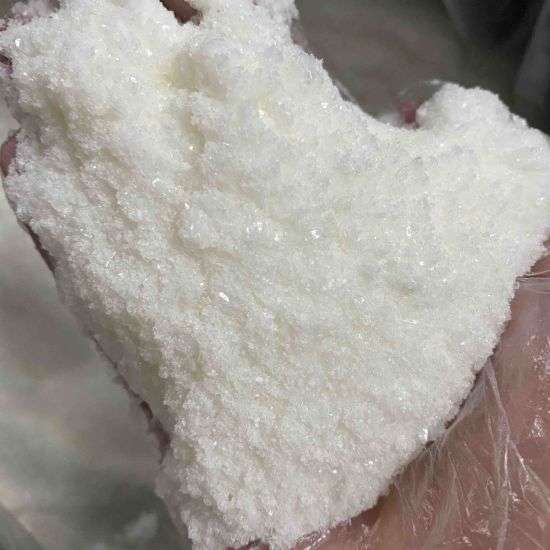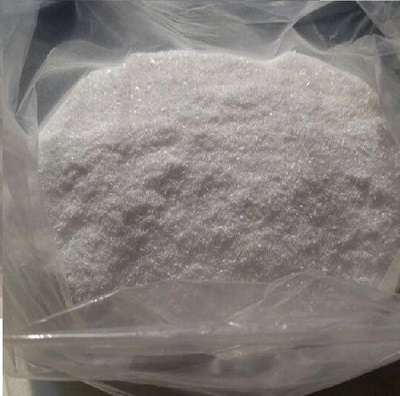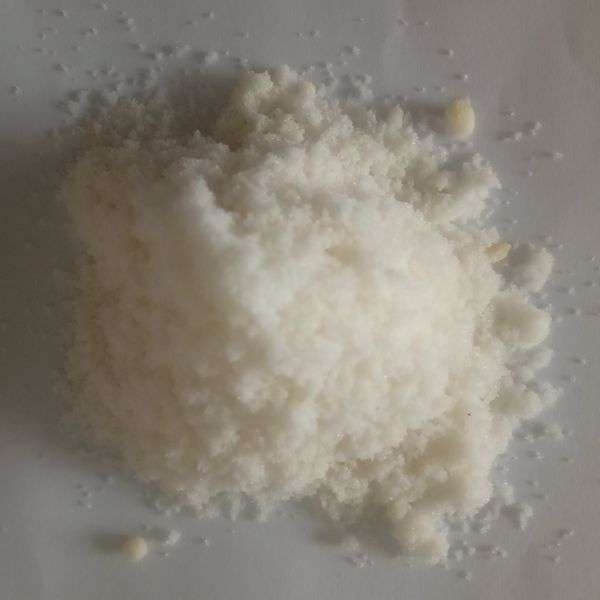
Methiopropamine is a novel psychoactive drug (NPS) that has been linked to a variety of clinical toxicity instances, but nothing is known about its neuropharmacological effects. We compared the pharmacokinetics and neurological effects of methiopropamine with its structural homolog methamphetamine using in vitro and in vivo methodologies. After injection, methiopropamine was rapidly transported to the blood and brain in C57BL/6 mice, with a pharmacokinetic profile comparable to methamphetamine. In comparison to methamphetamine (Emax 3.75 mg/kg; i.p.), methiopropamine produced psychomotor activity, but at greater levels (Emax 12.5 mg/kg; i.p.).
A moderate increase in methiopropamine dose from 10 to 12.5 mg/kg resulted in a sharp increase in locomotor activity, showing that a small increase in dosage may produce surprisingly significant effects and increase the risk of unintentional overdose in NPS users. In vitro investigations found that methiopropamine inhibits norepinephrine and dopamine absorption into presynaptic nerve terminals (IC50 = 0.47 and 0.74 M, respectively), although plasmalemmal serotonin and vesicular uptake are only affected at high concentrations (IC50 > 25 M). In summary, methiopropamine has pharmacokinetics, pharmacodynamic effects, and a mode of action that are very similar to methamphetamine, with a potency that is roughly five times lower.

Synthacaine” is a New Psychoactive Substance that is said to mirror the effects of cocaine due to its intrinsic psychoactive qualities, and is hence marketed as “legal cocaine.” Mass spectrometry is the sole analytical method for sensing “Synthacaine” that has been reported so far. In this study, we use Raman spectroscopy, presumptive (color) testing, HPLC, and electrochemistry to investigate and assess a variety of prospective analytical methodologies for its quantification and potential application in field screening “Synthacaine.” According to HPLC investigation of street samples, “Synthacaine” is made up of a mixture of methiopropamine (MPA) and 2-aminoindane (2-AI).
The Marquis, Mandelin, Simon’s, and Robadope tests, as well as Raman spectroscopy, are reviewed as prospective in-field screening approaches, but they are found to be unable to distinguish between the two when they are both present in the same sample, as is the situation in genuine street samples. We present the first independent validation of a novel indirect electrochemical approach for the detection of MPA and 2-AI in street samples using HPLC. This unique electrochemical technique, which uses one-shot disposable cost-effective screen-printed graphite macroelectrodes, has the potential to be used for in-field screening of “Synthacaine.”


